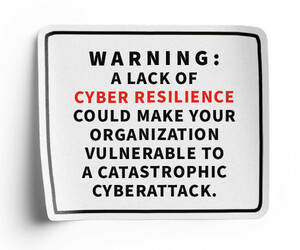People Are the Front Line — and the Most Common Point of Failure
Teachers and administrative staff at school districts are often targeted by cybercriminals because hackers perceive them to be vulnerable targets.
Especially in smaller school districts, it’s not unusual for just a few people to be tasked with receiving and processing most, if not all, invoices. If that person is targeted with a convincing fake invoice or a spoofed email from a “vendor,” the odds of an error are high, especially if there’s no policy requiring a second verification step.
This is why awareness training is so critical. It helps even the busiest people slow down, ask questions and verify. The most effective training programs are lightweight, recurring and tailored to staff. Rather than requiring a long information session once a year, provide 10-minute modules every month or quarter.
Cyberthreat simulations can also add value. For instance, tools from Trend Micro and Proofpoint offer phishing simulation campaigns where school districts can test their staff with real-world scenarios (such as department-specific phishing) and adjust based on the results. With artificial intelligence (AI)-generated examples and platforms that support customization, these training opportunities become more relevant and effective.
RELATED: K–12 districts are training the next generation of cybersecurity professionals.
Policy and Process Matter Just as Much as Training
Cybersecurity awareness training doesn’t exist in a vacuum. It only works when paired with clear, enforced policies. In many ways, policies are the answer to the question, “What are we training them to do?”
A great example of a policy at work would be treating email-based processes the way we treat account logins: with two-factor verification. In the same way that multifactor authentication (MFA) protects your login, your workflow should have a second layer of verification. For instance, invoices over a certain amount should trigger a policy-mandated phone call or in-person confirmation.
It’s so easy to forget to document workflows, and even easier to fail to implement controls that govern them in accordance with a clear policy. When a request looks plausible enough, staff may default to trust rather than protocol, and that’s when things can go wrong. This is the opposite of zero trust, a model in which no user or device is ever trusted by default.
Everyone from the finance department to marketing should know the red flags to watch out for and what steps to take if something feels off. Combine that with regular training, and you create not just cybersecurity awareness but true cyber resilience.
SUBSCRIBE: Sign up to get the latest EdTech content delivered to your inbox weekly.













